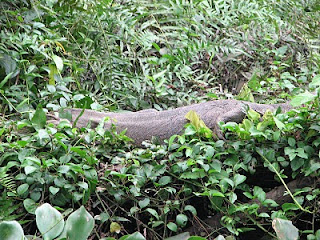Two Idiots of Indian Football

If you have the press on your side, you can do anything in India. And there are some personalities who are experts in manipulating the press as well as the online media. One such person is Baichung Bhutia and not too far behind is his mentor Bob Houghton.
India was the worst team in the Asia Cup. Ok, it was a feat to have got there, but they qualified three years ago. Subsequent to this, the coach threw tantrums, made racial comments at referees, criticized the Federation, got an increase in salary which was totally uncalled for, and managed to spend most of the time abroad with his team or without.
Baichung Bhutia was injured most of this time. When his club (then Mohun Bagan) began to ask why he could not play football while fully able to execute intricate dance maneuvers for a TV show, he managed to project it as a “poor player being targeted by heartless clubs”, broke his contract and landed with East Bengal, for whom he has not played a match for quite some time now. Jus





